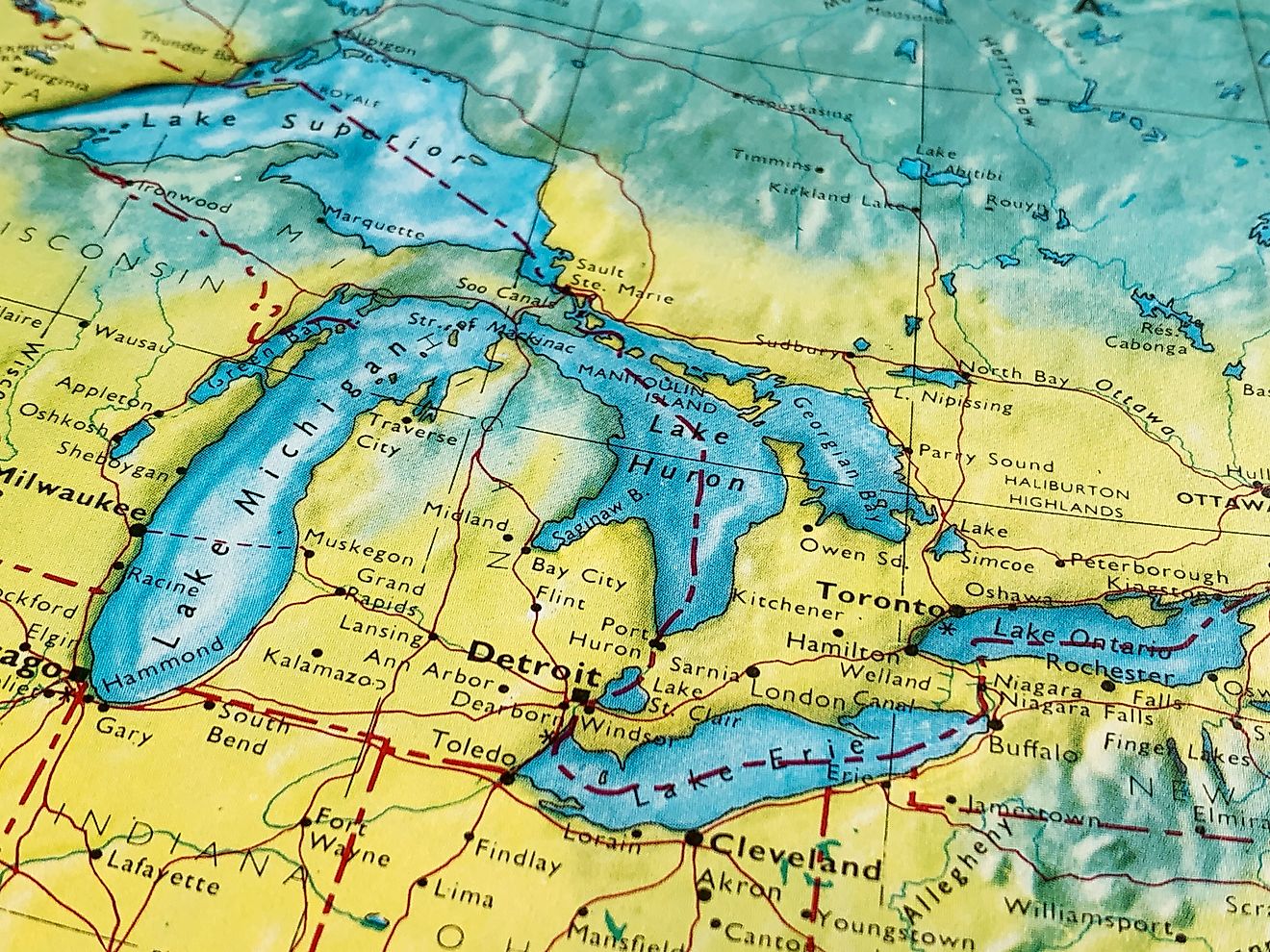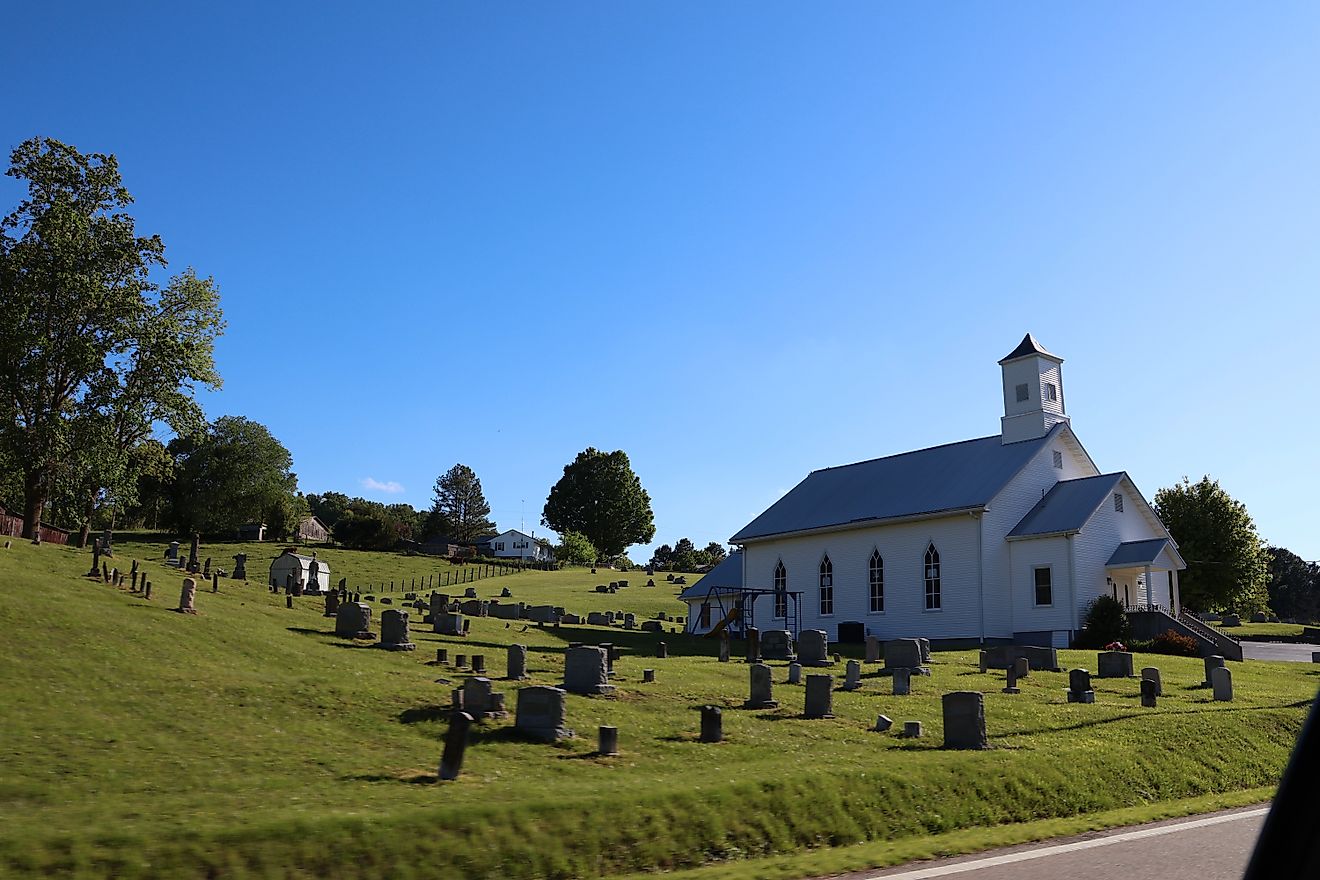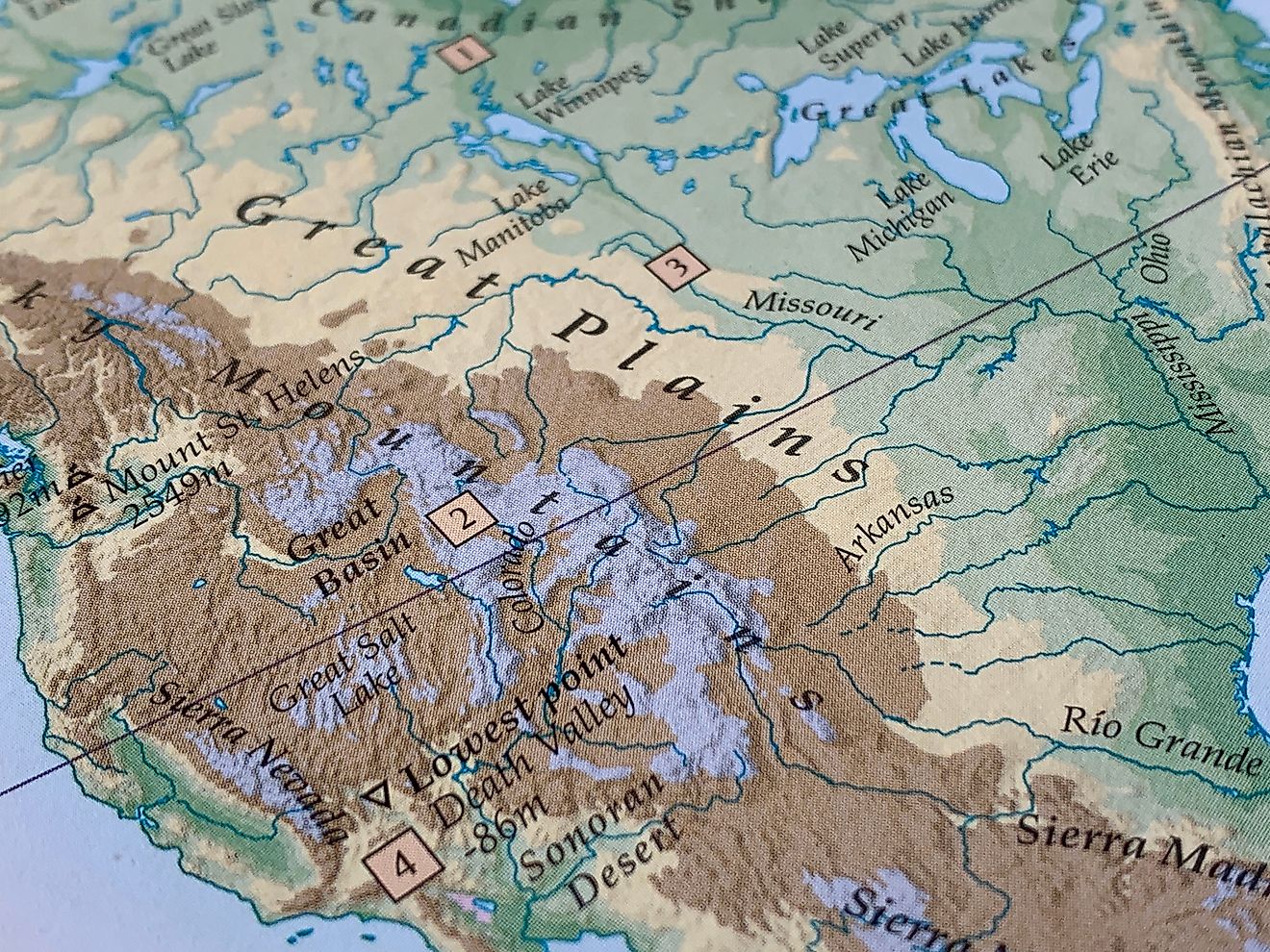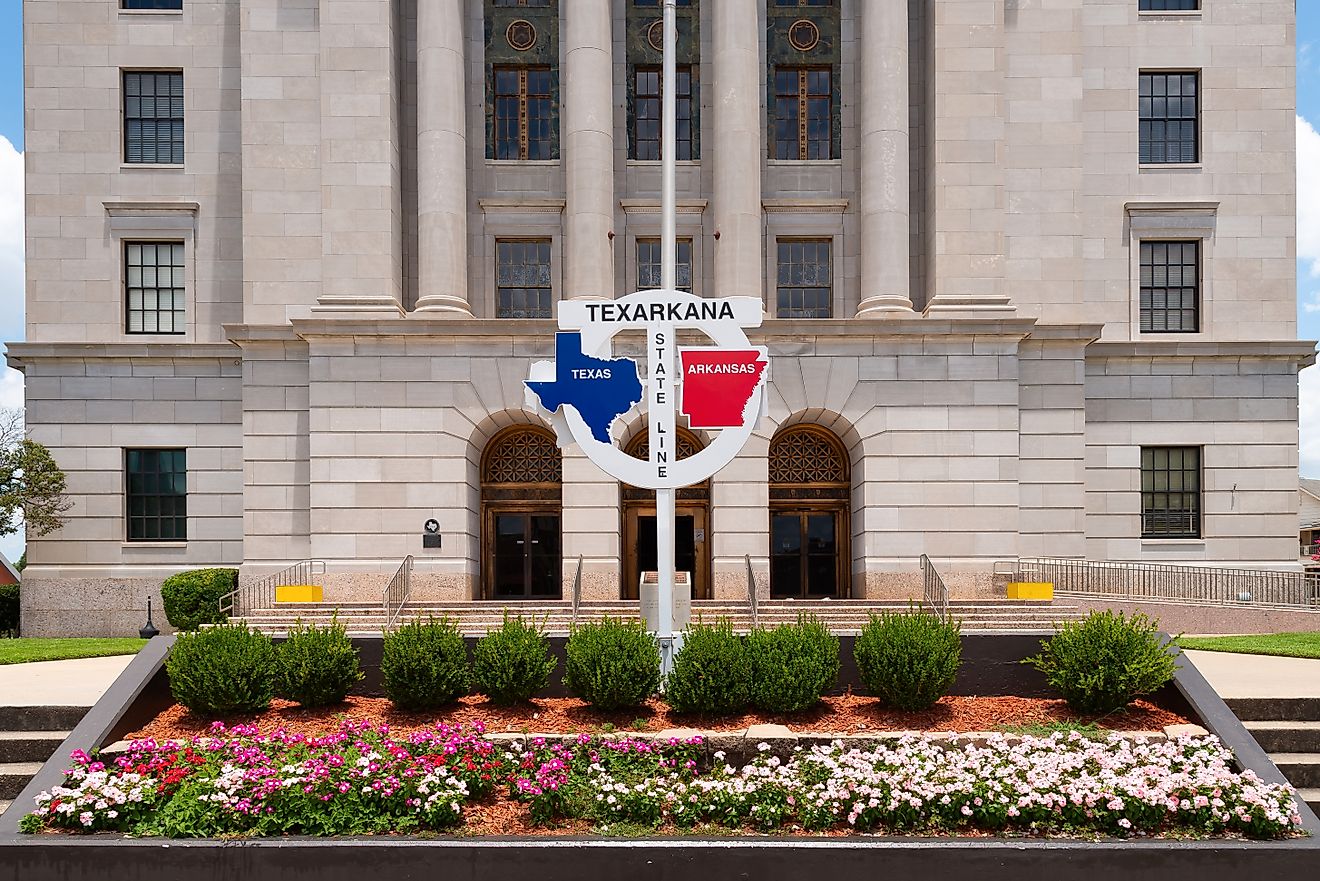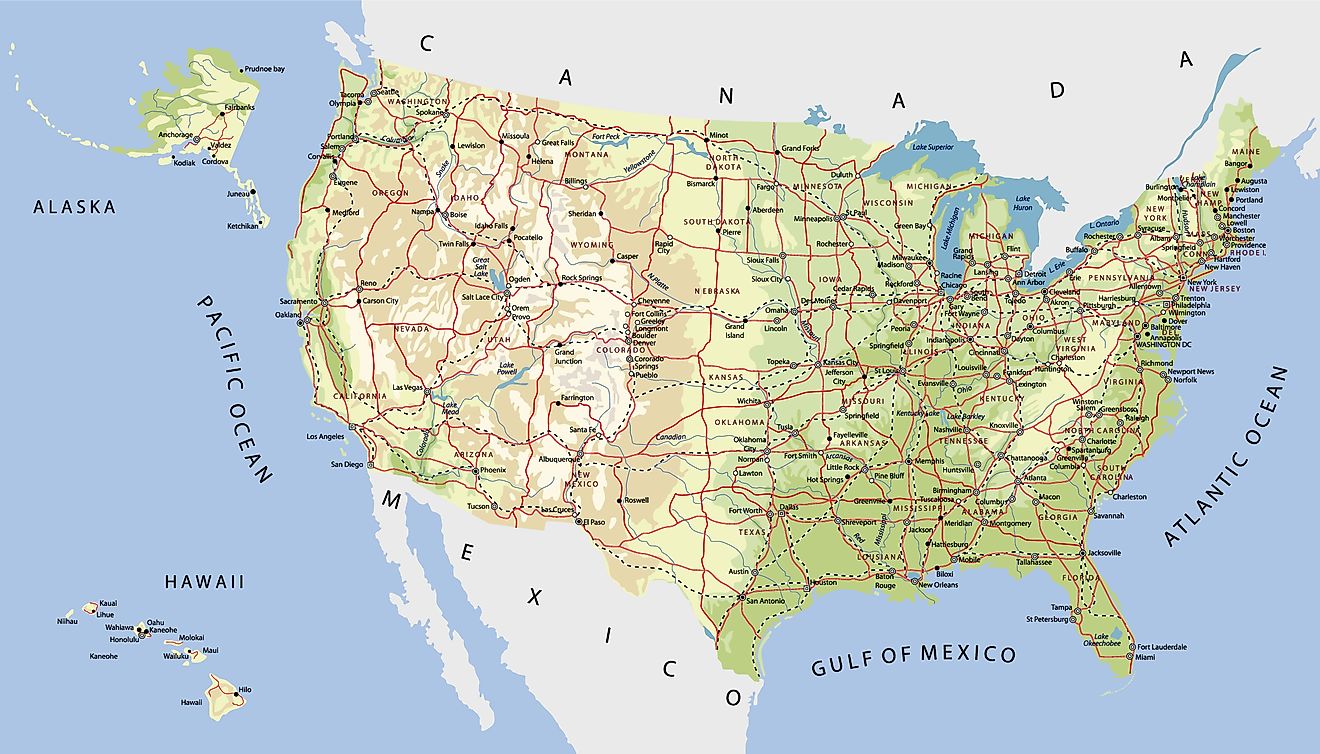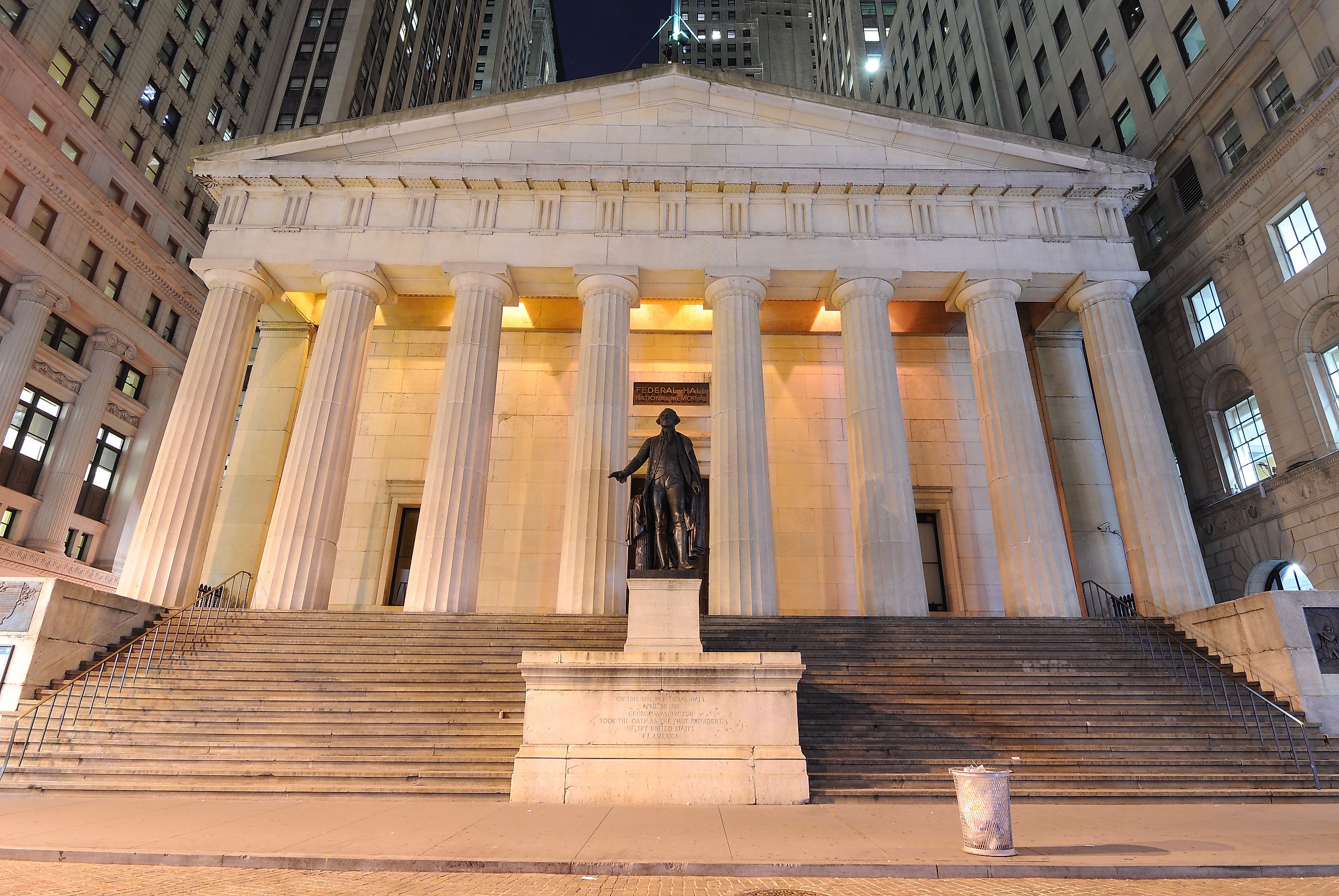
The First Capital of the United States
Before Washington, D.C. was chosen as the symbolic and geographic center of American government, the United States cycled through a series of capital cities. But the very first capital under the newly ratified US Constitution was New York City.
Located at the southern tip of Manhattan, it was here that the federal government first convened, George Washington was inaugurated, and the foundational structures of American democracy were put in motion. Though its role was short-lived, New York City's time as the first US capital helped define the early identity of the United States.
Why New York City?
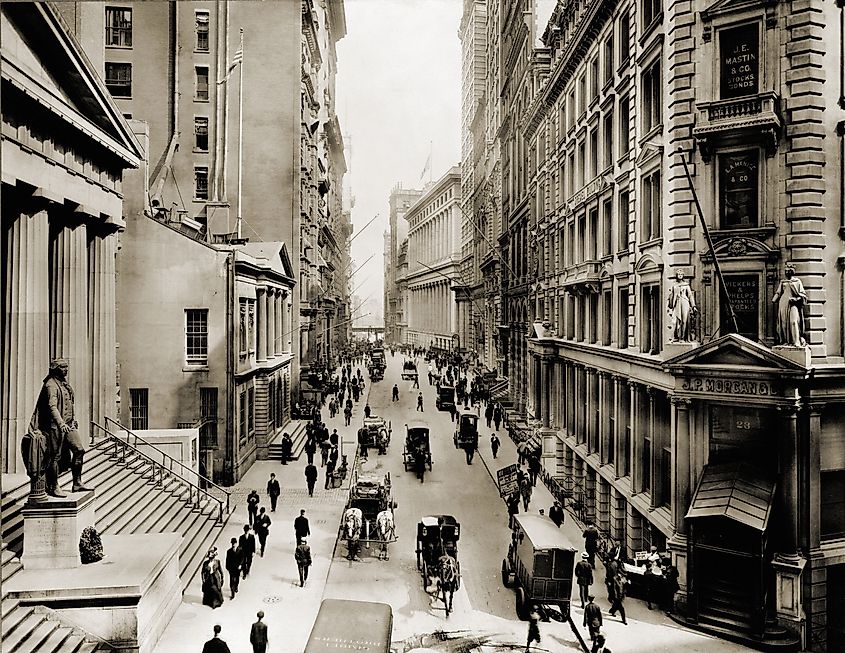
After the American Revolution, the United States had no fixed capital. The Continental Congress met in various cities including Philadelphia, Baltimore, and Princeton, wherever circumstances permitted. In 1785, Congress settled on New York City as its temporary seat. The decision was based on several factors: New York was a thriving port with significant commercial infrastructure, a central location among the original 13 states, and facilities capable of housing government functions.
When the US Constitution was ratified in 1788, New York was selected to serve as the first official capital under the new system. The federal government began operations there in March 1789. City leaders quickly outfitted existing buildings, including the repurposed Federal Hall, to serve the needs of the incoming government.
Inauguration of George Washington

The single most defining moment of New York’s tenure as capital occurred on April 30, 1789. On the second-floor balcony of Federal Hall on Wall Street, George Washington took the oath of office as the first President of the United States. The event drew a crowd of spectators and marked the beginning of the executive branch.
Eyewitnesses reported that Washington appeared visibly moved and serious. He was aware that the office had no precedent. He was tasked not only with governing but with defining what it meant to be president.
Inside Federal Hall, the first session of Congress had already begun. It was there that lawmakers introduced and passed the Bill of Rights, created the first executive departments, and confirmed appointments to the Supreme Court.
Building a Government from Scratch
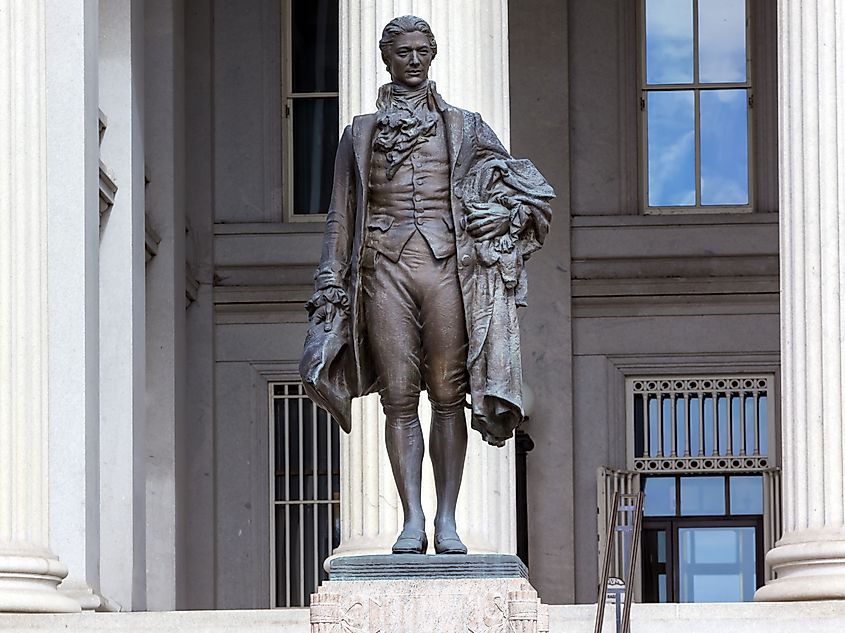
With the entire federal government in its infancy, New York became a laboratory for American democracy. Within its walls, Congress debated how power would be shared between the states and federal government. Cabinet-level departments were created to oversee foreign affairs, war, and the treasury. The Judiciary Act of 1789 established the federal court system, and Alexander Hamilton, the first Secretary of the Treasury, began to sketch out an economic blueprint that would tie the nation together.
The city was buzzing with activity. Diplomats from abroad arrived to engage with the new republic. Publishers launched newspapers dedicated to covering government affairs. And everyday citizens—farmers, merchants, and artisans—crowded city streets, eager to witness the shaping of a new political era.
Political Tensions and the Capital Compromise

Despite New York's success as the nation's nerve center, its role as capital was destined to be brief. Political leaders from southern states, particularly Virginia, worried about the long-term implications of placing the capital in a northern commercial hub. They feared it would give disproportionate influence to financiers and merchants at the expense of agrarian states.
In 1790, Congress passed the Residence Act, part of a larger compromise that balanced competing regional interests. The act stipulated that the capital would temporarily relocate to Philadelphia for 10 years. During that time, a permanent capital would be built on the banks of the Potomac River.
This deal was part of a larger political bargain known as the Compromise of 1790, in which Thomas Jefferson and James Madison agreed to support Alexander Hamilton’s plan for federal assumption of state debts in exchange for a southern capital.
New York’s Exit as Capital
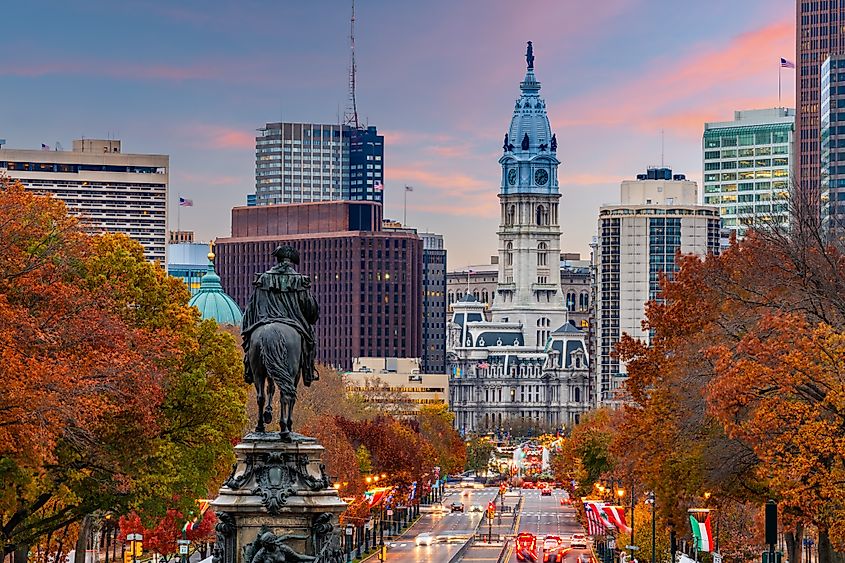
By August 1790, the federal government began its transition from New York City to Philadelphia. Federal Hall was turned back over to municipal use, and New York was left without its short-lived title as capital. Still, its time at the center of American politics left a legacy that would continue to echo for generations.
Though it never regained national political status, New York's economic and cultural importance only grew. It became the country’s financial epicenter and one of the world’s most influential cities.
A Capital of Firsts

New York City holds the distinction of being the site of many national milestones. These include:
-
The first inauguration of a US president
-
The first session of the US Congress
-
The introduction of the Bill of Rights
-
The establishment of the first federal court
-
The creation of executive departments under the president
The groundwork laid in New York influenced how the government would operate in the decades to follow. While the capital later moved to Washington, D.C., New York was where the blueprints for the presidency, Congress, and the courts were drawn up and tested in real time.
Historic Legacy and Preservation

Federal Hall National Memorial now stands at the site of the original Federal Hall. Though the current building was constructed in the 19th century, it honors the location’s role in American history. Visitors can see where George Washington was sworn in and where the first Congress convened.
The memorial contains exhibits and artifacts from New York's brief time as the capital, including a statue of Washington and restored chambers commemorating early legislative sessions. It's a testament to how even a temporary capital can leave a permanent mark.
New York's location at the crossroads of finance, trade, and ideas made it an ideal setting for launching a nation. Today, walking through Lower Manhattan offers a rare chance to step into the very spot where the republic began to take shape.
Past US Capitals
| City | Years Served | Notes |
|---|---|---|
| Philadelphia, PA | 1774–1776, 1777, 1778–1783, 1790–1800 | Hosted First and Second Continental Congress; served under Constitution |
| Baltimore, MD | 1776–1777 | Continental Congress refuge during Revolutionary War |
| Lancaster, PA | Sept. 27, 1777 | One-day session during British occupation of Philadelphia |
| York, PA | 1777–1778 | Served as capital after Congress fled Philadelphia |
| Princeton, NJ | 1783 | Temporary capital after a mutiny drove Congress from Philadelphia |
| Annapolis, MD | 1783–1784 | Congress accepted George Washington’s resignation |
| Trenton, NJ | 1784 | Brief capital; site lacked facilities to support full-time government |
| New York, NY | 1785–1790 | First capital under the US Constitution |
| Washington, D.C. | 1800–Present | Permanent capital established by the Residence Act |

